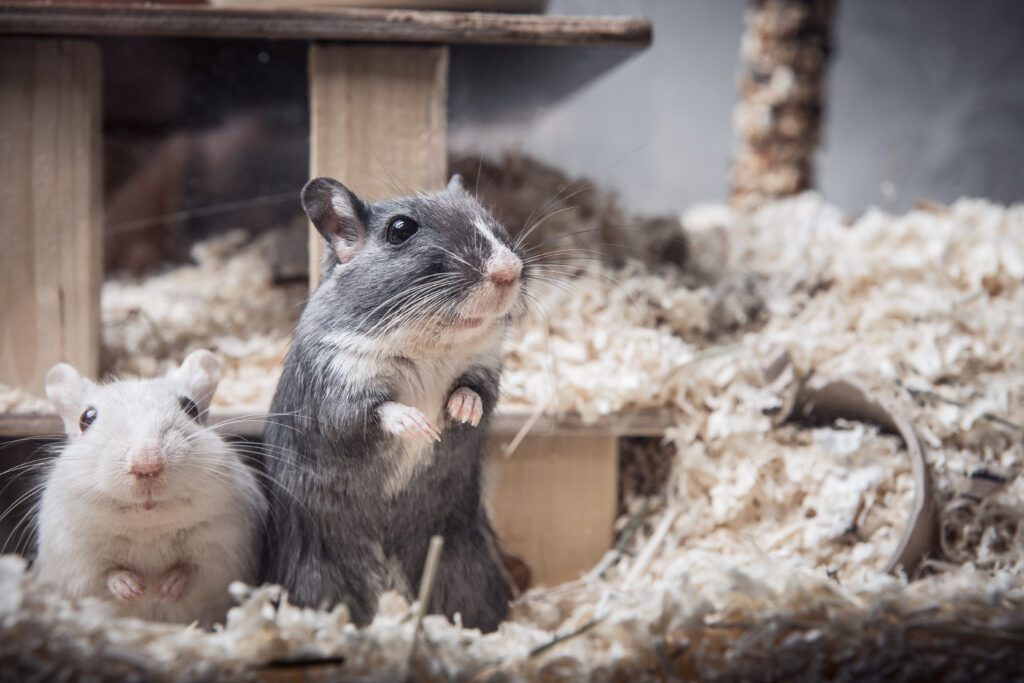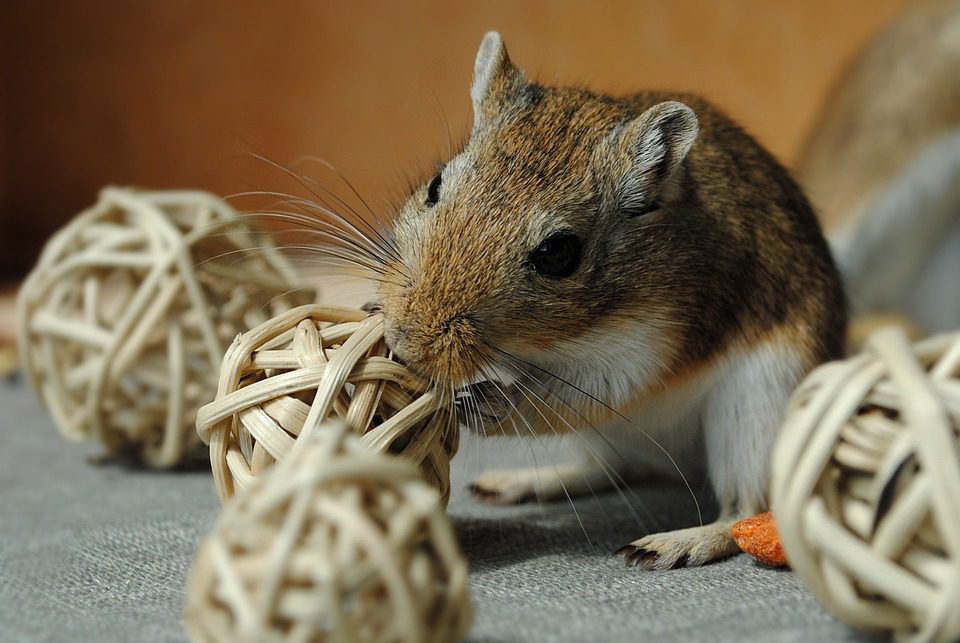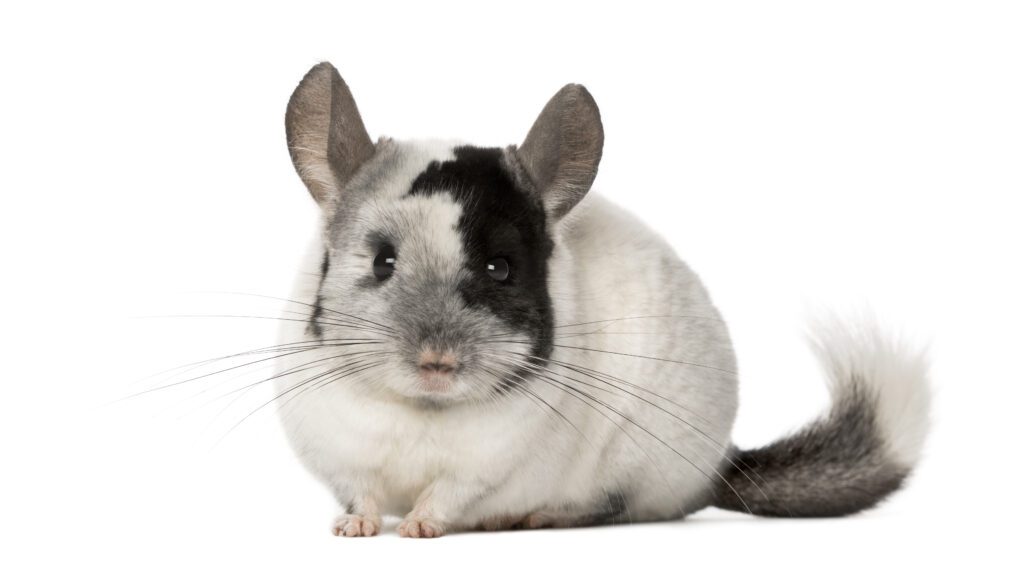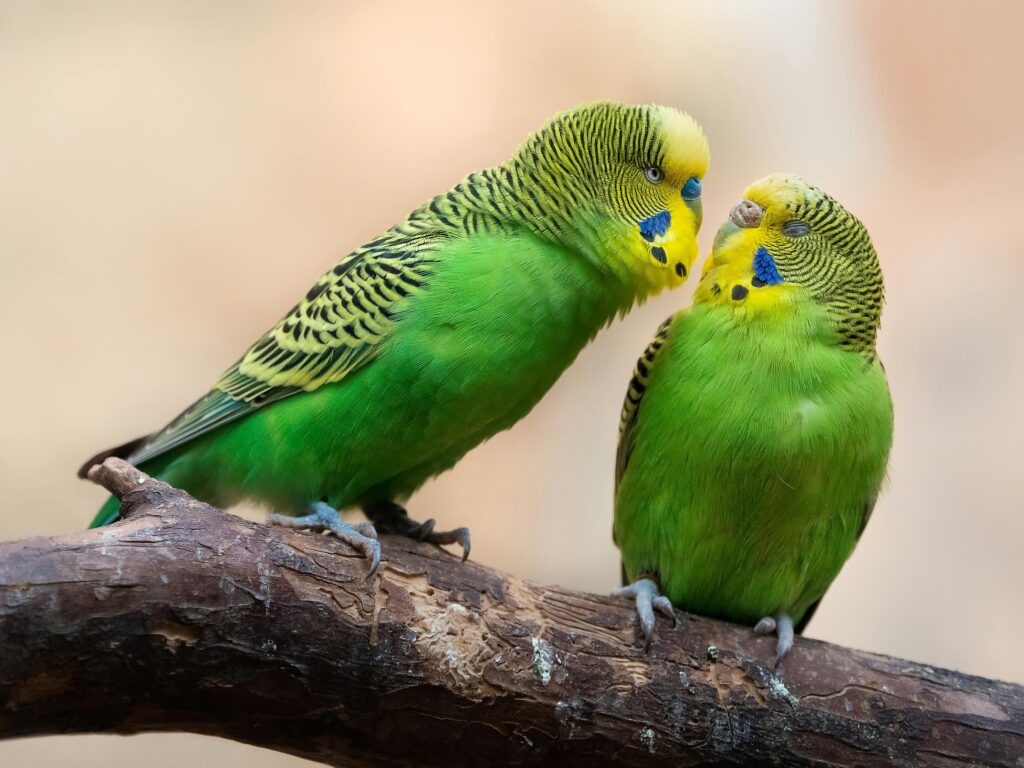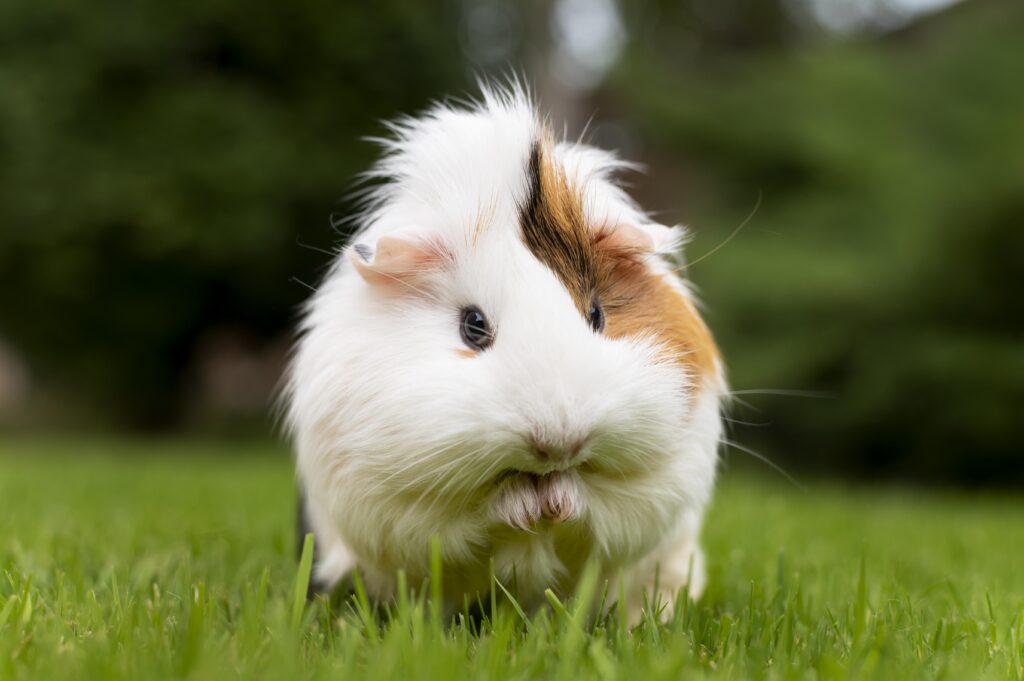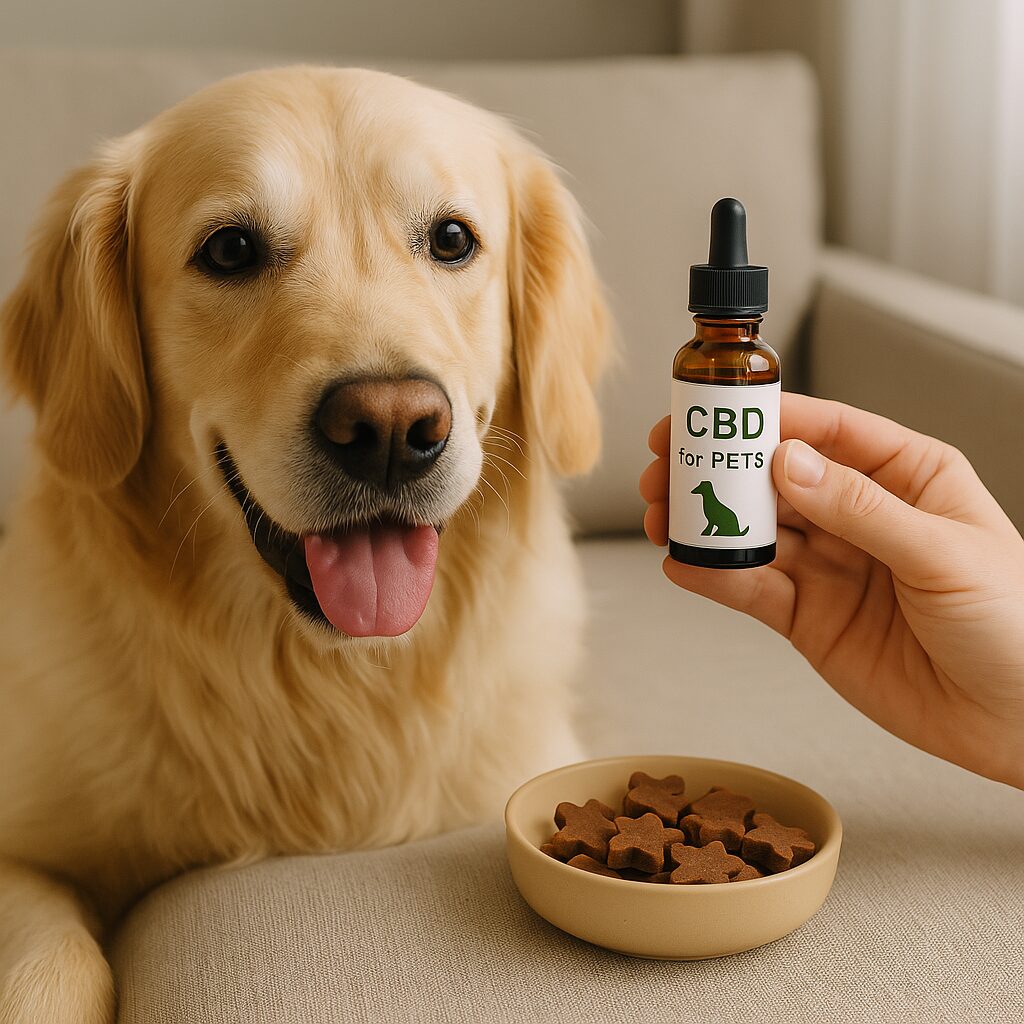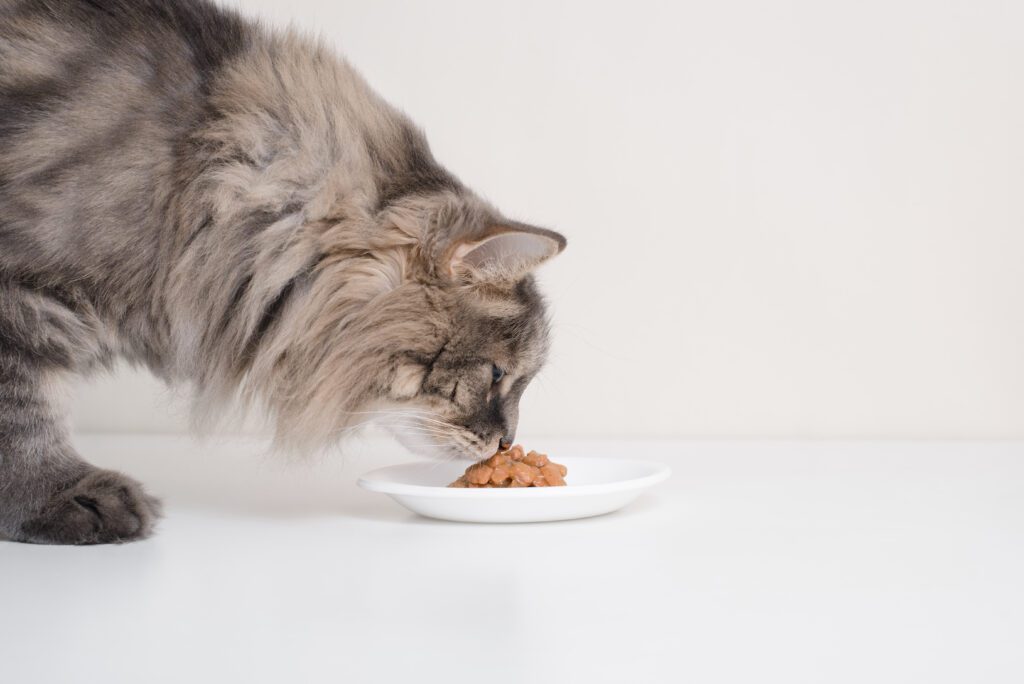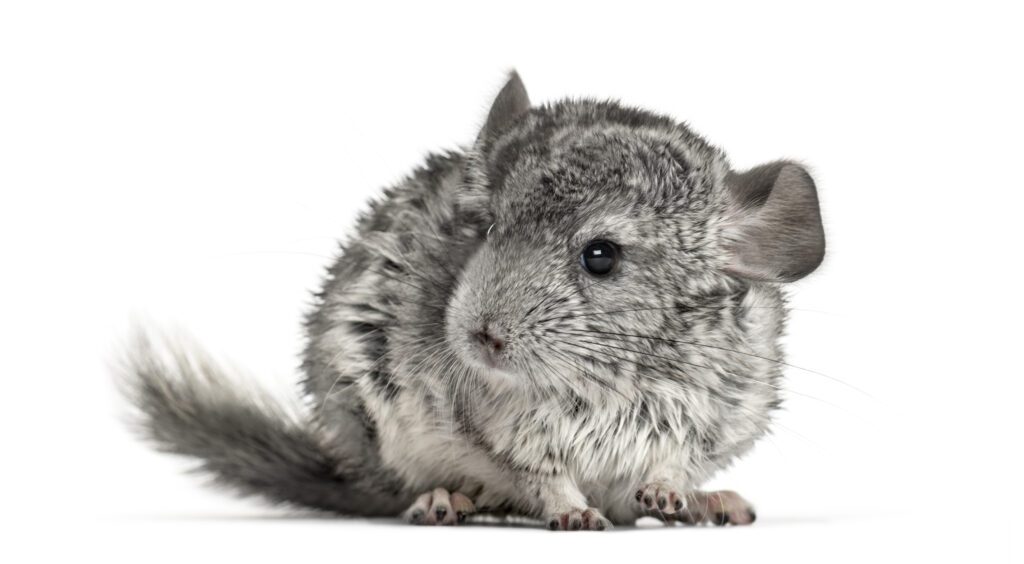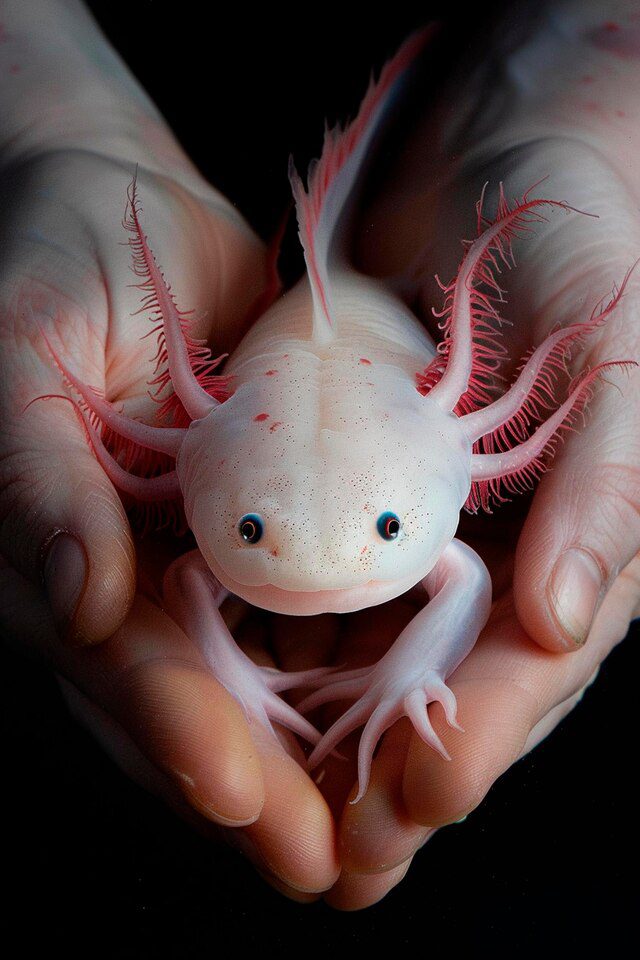
TOPICS COVERED
ToggleIntroduction
The Axolotl (Ambystoma mexicanum) is a unique type of salamander native to Mexico. They do not undergo metamorphosis like other amphibians but for life retain some features like gills and so many other larval features like remaining aquatic.
Axolotls have an amazing ability to regenerate their body parts. Newt stalks grow on them, spinal cords erupt out of damaged tissues as well parts of heart chambers are repaired in case there is some injury to them.
Habitat loss and pollution threaten their very existence in the wild; producers use them widely for research purposes as well as pets. They need clean cool water to survive and must be carefully taken care of through the right filters as well as uniform temperature if they are to survive in captivity.
Physical Characteristics
Axolotls display a distinct appearance with their broad heads, external gill structures, and fringed gills coming out from the sides of their head. They have a broad, flat body with four legs and a long, slender tail. Their normal coloration ranges from wild types that tend to be dark and mottled to leucistic ones that are pale with pinkish tints and dark eyes. The length ranges from 6 to 18 inches.
How to Take Care of an Axolotl?
1. Creating the Right Environment
- Set Up the Tank: Start your axolotl off in a 20-gallon or larger tank, as that’s big enough to provide non-flowing water conditions and secure an escape-proof lid over the top. This should be placed in a low-traffic, quiet area out of direct sunlight and minimal disturbances. A large tank like this will also have generally stable water conditions and more room for your axolotl to swim, thus cutting down on stressed-out animals.
- Install an External Canister Filter: Choose an external canister filter that would not allow the water to get dirty while letting it circulate properly. It should be gentle so as not to create such strong currents which could stress your axolotl. The filter should be cleaned and maintained regularly to ensure proper working and prevent the accumulation of harmful bacteria or waste.
- Provide Substrate: Use a bare bottom or fine sand substrate. Gravel does not do very well as it creates the risk of impaction because axolotls ingest it; instead, use sand, which is finer and therefore cleaner and less likely to cause harm to your axolotl’s digestive system. It is also generally easier to keep clean than substrate, and a bare bottom has fewer associated health risks concerning substrate.
- Keep Lighting Minimal: Axolotls prefer environments that have less light. Bright or intense lighting should be avoided as it is likely to strain them. To them, natural light during the day or a dim aquarium light is enough. Axolotls’ survival depends on maintaining subtle lighting since too much light causes algae to grow and changes their behavior.
2. Keeping Your Axolotl Healthy
- Maintain the Right Temperature: Axolotls prefer cooler water, so avoid using a heater unless necessary — sudden temperature changes could stress or harm them Keep the water temperature within 60-68°F (16-20°C). Make use of a trustworthy aquarium thermometer to keep track of the temperature always.
- Feed Your Axolotl a Proper Diet: Provide a diverse diet that consists of high-quality pellets, live worms as well as occasional bloodworms. For specifics you can feed your Axolotl every other day 2-3 times; swap the amounts whenever its size and interest vary. This way an axolotl receives all important nutrients needed for growth and good health through feeding a balanced diet.
- Change the Water Regularly: Changing twenty percent of your water weekly will help in maintaining its quality, make sure you use dechlorinated water and that the new water temperature matches the current one. To keep the environment stable and healthy for the axolotl, these vital fluids must be renewed at least regularly to avoid the accumulation of harmful toxins.
3. Maintaining Your Axolotl’s Safety
- Separate Young and Old Axolotls: To prevent hostility and predation, separate young and adult axolotls into different tanks. Different age groups have different needs and temperaments, so it is best to have them living apart. This is because they are likely to hurt each other unintentionally, yet each of them needs special attention at its stage of growth.
- Do Not Place Other Animals in an Axolotl Tank: When keeping an Axolotl avoid adding other fish into its tank. They can be aggressive and will see smaller tank mates as food hence stressing them up. It is very safe to keep one axolotl in a tank.
- Refrain from Handling Axolotls: To avoid skin damage and tension, as much as possible, minimize touching. Use a net for tank cleaning instead of handling axolotl all the time. It makes them uncomfortable, besides probably affecting their delicate skin and gills.
What Food Does Axolotl Eat?
The primary food for axolotls in the wild are small aquatic animals like worms, insects, and crustaceans. In captivity, earthworms, bloodworms, brine shrimp, and small fish are the main foods. They also tend to like high-protein pellets, which are formulated specifically for amphibians. One should not overfeed and should provide food that is according to their mouth to make eating easy for them.
Some Axolotl Facts for Kids
1. Axolotls are a type of salamander
Axolotls are distinct salamanders that remain in their larval form when they become elderly. Unlike any other type of amphibian, they do not fully experience metamorphosis but rather live strictly aquatic with feathery gills, and hence, they are unique in the amphibian world.
2. Axolotl gills appear as feathery appendages on the outside of their bodies
These feathery gills are on the side of their head to help them in breathing underwater, and they come in as pink, frilly branches, which happens to be one of the most notable features of the axolotl.
3. As well as gills, axolotls also develop lungs
Although axolotls mainly use their gills, they do have lungs which they can function in case they need to breathe air, though they are not swimming at the surface much.
4. Remarkably, axolotls are only found in a single location on Earth
These strange creatures are found only in Xochimilco; which is a system of lakes and canals in Mexico City, which means their very natural dwelling range is rather restricted, thereby making them somewhat rare and exotic.
5. Axolotls vary in color from brown to pink to green
Different colors of axolotls include brown, pink, and green. Differentiates between the color of axolotls from one another are due to environmental factors and genetics.
6. The average size of an axolotl is around 20-25 centimeters
In many cases, axolotls are normally small creatures measuring between 20 to 25 centimeters in length. This size allows for easier movements underwater among other factors such as finding food without being too large.
7. Axolotls have a surprisingly varied diet
Axolotls feed on worms, insects, or small fish among others; hence they eat many different foods. As a result, they can get all the nutrients required for growth and good health.
8. Since they scarcely change from birth, axolotls have zero teeth
Axolotls have toothless jaws since they do not undergo metamorphosis fully; hence they lack teeth. Consequently, they utilize tiny jaws and suction to feed.
9. Some young axolotls are cannibals
At times, juvenile axolotls eat their brothers and sisters, particularly in periods of food scarcity. Such actions are often driven by a lack of sufficient resources.
10. In the wild, axolotls have plenty of predators
Birds, fish, or other bigger amphibians are some of the predators that threaten axolotls. These creatures are more susceptible to these natural enemies because their habitats are very small.
11. Axolotls reproduce up to three times a year
These amphibians breed many times a year which contributes to maintaining their population though their numbers are falling in the wild.
12. Female axolotls lay up to 1,000 eggs at a time
An axolotl female can lay as many as 1,000 eggs during a single reproductive event; these eggs then develop into larvae after being deposited in water bodies where this species resides for most of its life span.
13. Axolotls are solitary animals
Axolotls prefer being by themselves more than living in communities. You should keep them apart from the rest because they tend to be territorial.
14. Axolotls have a massive DNA genome
Axolotls have one of the largest DNA genomes in animals. This oversized genome is what allows remarkable regenerative capacities and complex biological mechanisms.
15. Axolotl conservation efforts are in full swing
Action is being taken by some to conserve their species for they are considered endangered; programs have been set up to help population coordination.
16. You can see axolotls right here at Deep Sea World
To see axolotls up close, people can visit Deep Sea World, this aquarium has admirable water tanks that keep these creatures and provide their conservation and maintenance information.
FAQs
Can axolotls be kept with other fish or pets?
Axolotls should be kept alone because they are solitary and very aggressive. They should not be kept with fish or other pets as they may regard the smaller species as prey or get stressed.
Is breeding axolotls difficult?
Axolotl breeding can only work due to specific conditions, which include proper tank setup and the required water temperature. First of all, ensure that you have healthy males and females. There are more resources available on how to successfully breed axolotls.
How often should I check water parameters?
Test the water for ammonia, nitrites, and nitrates weekly. Maintain a pH of 6.5 to 8.0. Regular tests ensure stable condition factors that help avoid unsafe conditions detrimental to your axolotl’s health.
What should I do if my axolotl stops eating?
When you see it not feeding you have to understand the water, temperature, or ingredients used in feeding. This could be a result of stress, sickness or environmental conditions. So it would be advisable for you to seek advice from a veterinarian who focuses on amphibians when your pet does not eat after applying other methods.
Conclusion
An axolotl requires proper care, from habitat, diet, and health. Maintenance of optimal conditions in water with a proper diet and health check ensure a thriving and happy axolotl. Avoiding regular contamination of the tank and careful handling are major practices in keeping an axolotl healthy. All these practices will make it possible for you to get pleasure from the fascinating behaviors and charm of your axolotl while giving it a healthy life.

